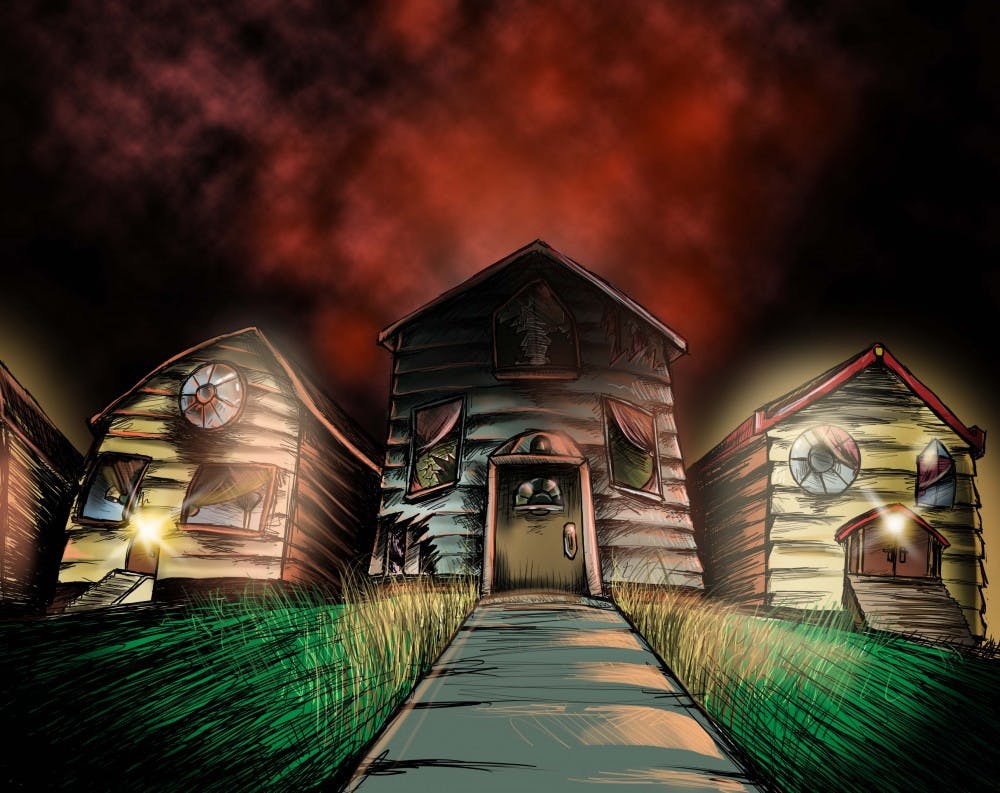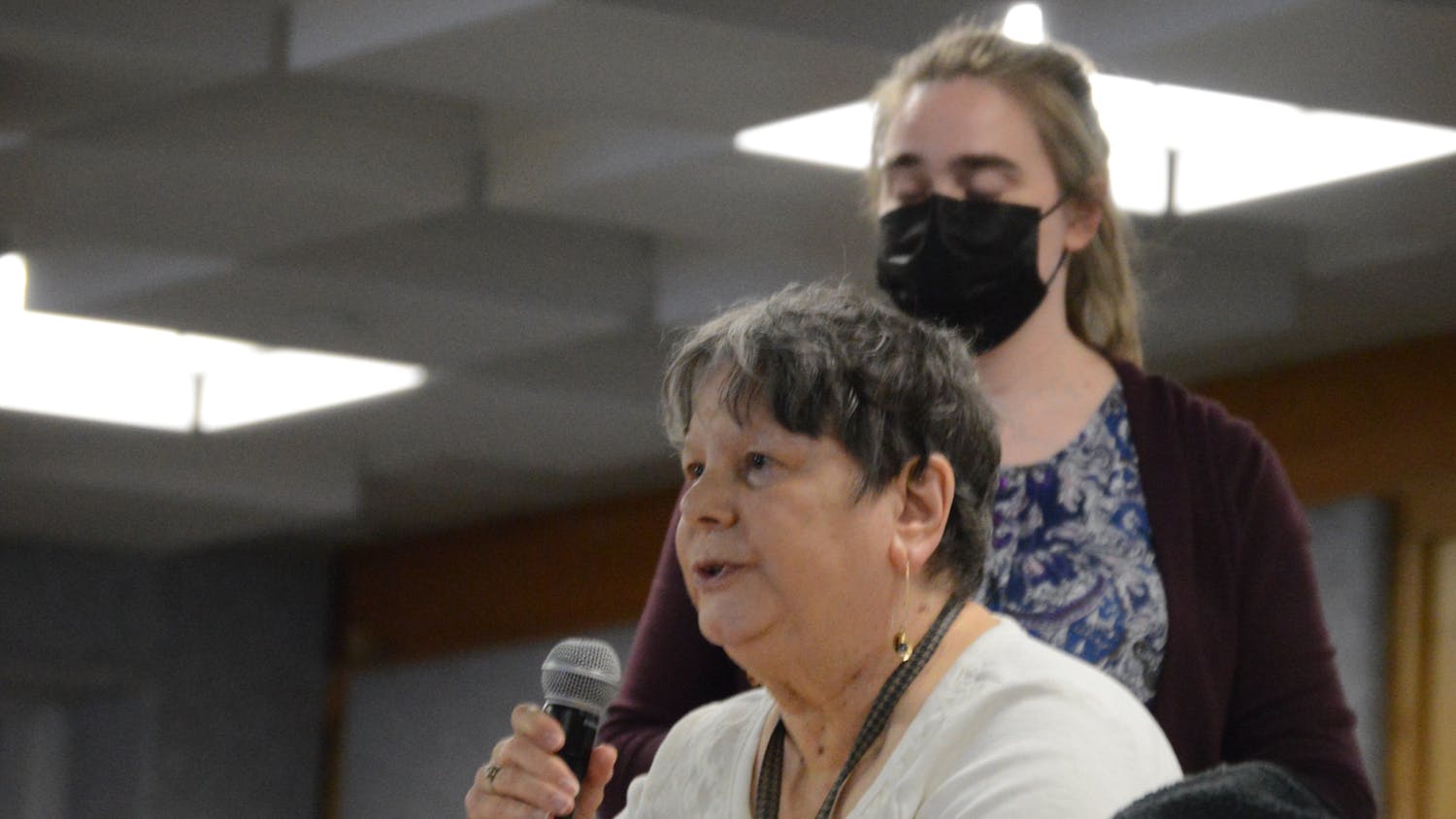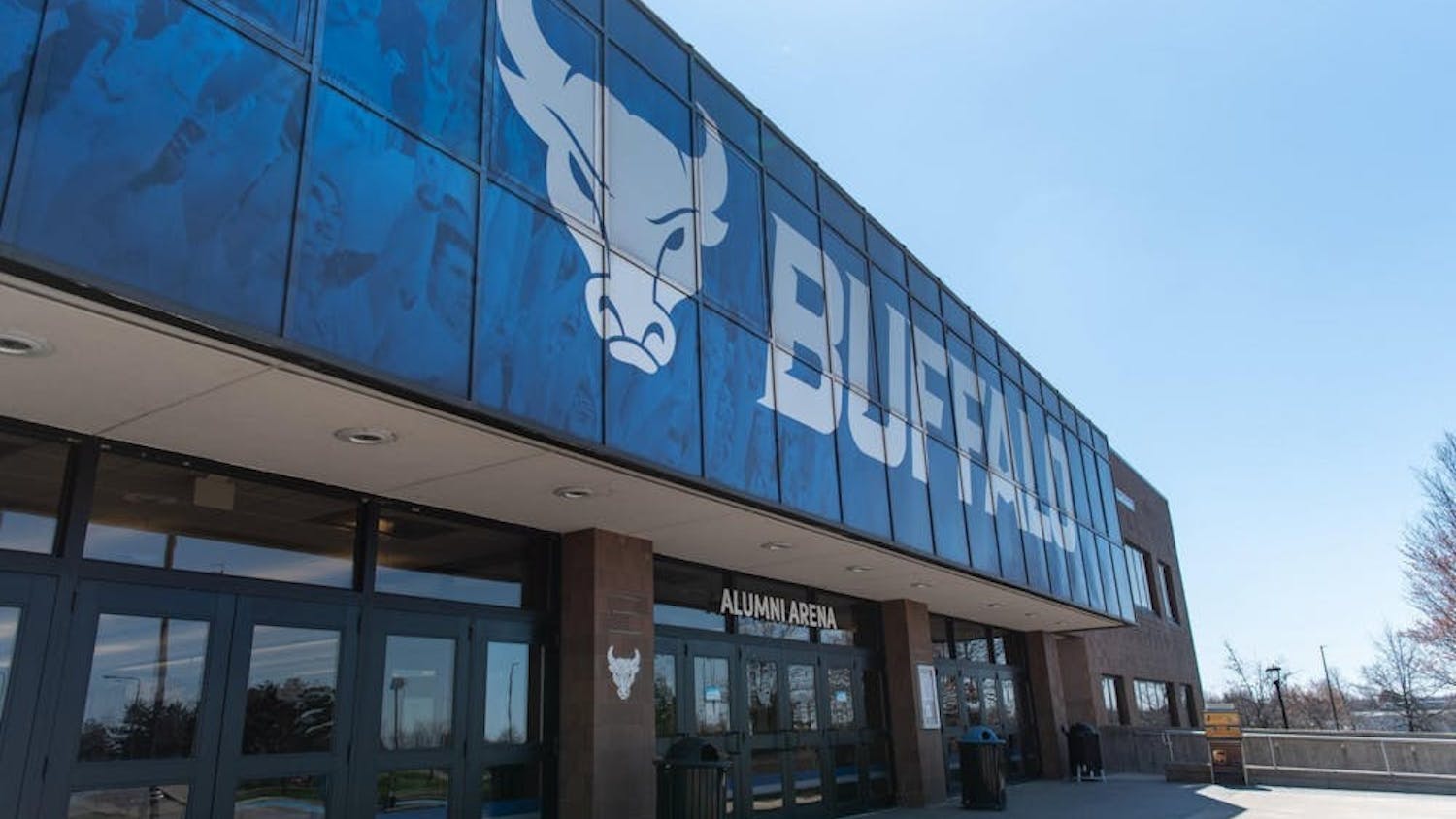Across New York, the dead are coming back to life.
Empty, abandoned shells stand where prominent homes are supposed to be. New York has fallen victim to the zombie house epidemic that shows no signs of stopping.
A zombie house is a foreclosed home that has been abandoned by its former residents. Since the owner has left and the bank still technically does not own the property, the house ceases to be maintained. These houses then become dilapidated, host to squatters and a large blight on the entire community. Once the process is complete, these houses are extremely difficult to sell and can be demolished or simply continue to stand empty.
According to a study by Newsday, roughly 2.1 out of every 1,000 houses in New York is a “zombie house.” That number falls slightly in some areas of Buffalo, but is also as high as one in every 825 houses in other parts. Foreclosure filings in Buffalo are up 223 percent compared to the same time last year, according to RealtyTrac, a California-based real estate information company.
According to The Buffalo News, the City of Buffalo has identified nearly 15,000 “problem properties,” and 7,000 more exist throughout Erie County. These properties are at risk of becoming or already are zombie houses. Dozens of these homes are within the University Heights off South Campus.
New York State must address this problem immediately.
The first step in solving this issue should be to stop the problem at its source. For New York State, the source is the length the foreclosure itself lasts. Foreclosure in New York lasts approximately 986 days, according to Nolo, a company that produces legal books and software. This is the second highest rate in the country and second only to New Jersey, which lasts on average 1,103 days. New York should attempt to emulate states like Alaska, Texas, Delaware, New Hampshire and Alabama, whose foreclosure timelines are merely 151 days on average.
Streamlining the entire process would stop houses from becoming run down and enable banks or municipalities to resell them.
Residents should not have to wait nearly three years for their foreclosure to be completed. If residents abandon their homes early in the process, the house can go unmaintained and unoccupied for nearly the entire time it is in foreclosure. Minor attempts to board up the house or cut the grass are only done when neighbors submit numerous complaints.
Residents are fearful when their home is subject to foreclosure – and rightfully so. This can lead to rash decision-making and abandonment before they are fully informed. It is imperative to inform residents that they have the right to remain in their homes until the judgment of foreclosure is issued, which happens at the very end of the process.
A system to educate homeowners should be mandated either when they purchase a home, or when a foreclosure begins so they know their rights. This would quell fears as well as keep someone in the home who will continue to maintain it.
New York State Attorney General Eric Schneiderman has been pushing for legislation that would create a zombie house registry and require banks to maintain properties soon after they are abandoned, instead of at the end of the process.
This kind of legislation is well intentioned, however the banks do not own the property being foreclosed on until the process is complete. It would seem illogical to force a bank to maintain a house that it does not yet own. The responsibility of maintenance should fall to the true owner, regardless of the fact that they will soon be relinquishing their property.
The State should focus on making a foreclosure faster and easier than it currently is. Three years is simply unacceptable. Residents in foreclosure should be informed of their rights, so abandonment becomes less common and home maintenance is continued. This would allow banks to reclaim and sell houses that are in better condition and get new residents inside them.
Fewer zombie houses would allow blighted areas to become attractive to buyers again and is certainly better than the alternative: demolition.
email: editorial@ubspectrum.com





